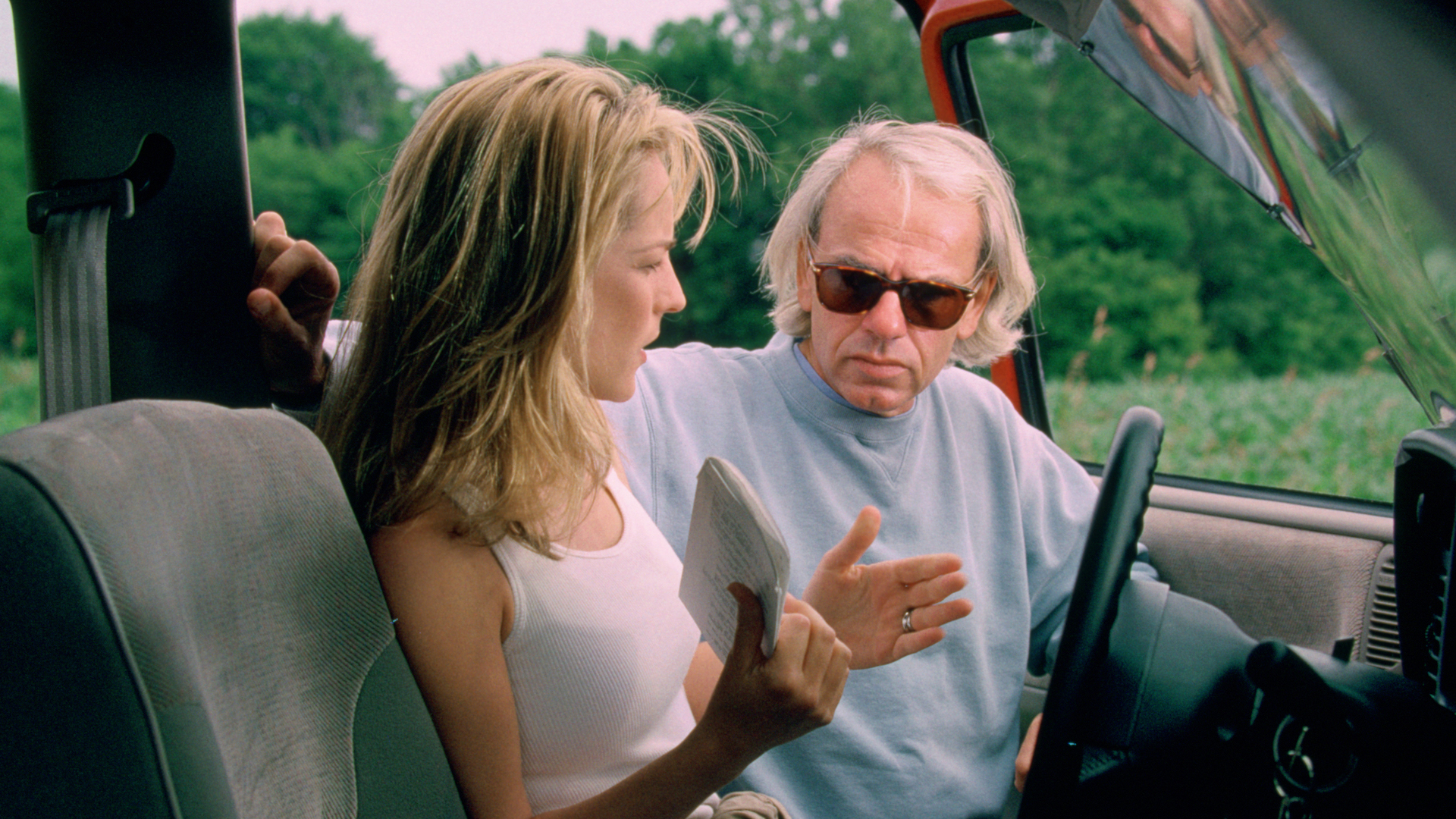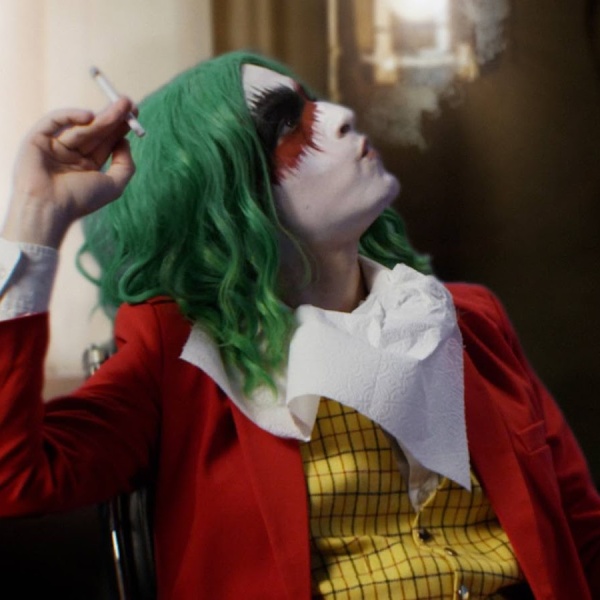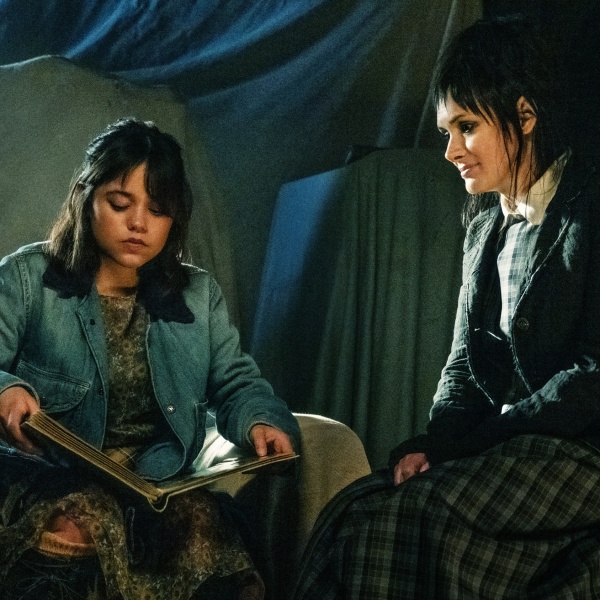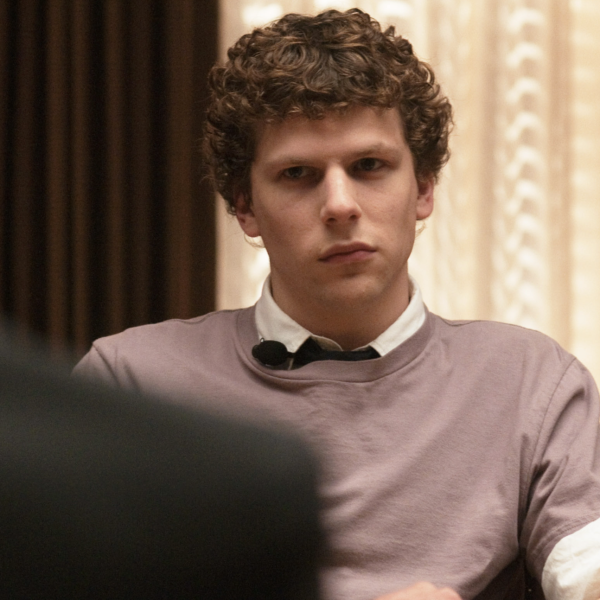“Twister” was the second highest-grossing film at the box office in 1996, so its enduring popularity shouldn’t be a shock. But still, the profound nature of its impact over time — there’s a museum dedicated to the film in its shooting location of Wakita, Kansas; a noted uptick in meteorology majors in the late ’90s directly attributed to the film; and stormchasers paying tribute en masse to star Bill Paxton upon his death in 2017 — astounds even its director, Jan de Bont.
“It’s amazing how that happened,” the Dutch filmmaker told IndieWire in an interview timed to the release of the film on 4K UHD Blu-ray. “And how quickly it happened. I think ‘Twister’ simply made people more interested in weather phenomena and it’s even why there are so many more weather shows on TV.”
Couple that with the increasing focus on climate change in the 28 years since the film came out — “People thought tornadoes would happen in a narrow, small region in Oklahoma, but it is not just that. You’re crazy not to pay attention to what’s happening,” de Bont said — and you’ve got a film that’s aged as well as any blockbuster from the ’90s.
The funny thing is, a crucial part of its alchemy almost never happened. Having Helen Hunt star was a tough sell to Warner Bros. and Universal, which jointly backed the movie. This was despite having already earned two Best Actress in a Comedy Series Emmy nominations for her role on the hit NBC sitcom “Mad About You.”
“The studio felt she was unknown,” de Bont said. “They were like, ‘Yeah, a TV series, but are film viewers ever going to like her?’ I said, ‘That’s not the point. I’ll make them like her because this film is all about relationships.’ If it would be just a standalone thing, not combined with a group of people, maybe it would be harder. But she became so much a part of the team and leading a team and that they had to, even if they didn’t want to like her, they started to like her. They had to. And that is the key thing, I think. You make a team work as a whole.”

The movie is unthinkable without Hunt, whose deadpan line readings are inimitable. When a poor bovine floats past her truck on a current of air, she simply says: “Cow.”
“I had seen a picture, a photograph of a real cow alive high up in a tree and I initially thought because it was a photograph, ‘This must be a milk advertisement or something,’” de Bont said. “And then I asked those people at the storm lab, ‘No, no, that’s real. We’ve seen a lot of those things happen.’ And then I said, ‘Jesus, that’s amazing.’ Can you imagine what goes through that cow’s mind? Just grazing a little and then suddenly flying through the sky tumbling and landing up on the tree. That was like that to me. Seeing that, I thought that everybody would love that.”
He continued, “And they did. The lines itself were written by Joss Whedon [who did an uncredited polish on the script]. I said, ‘Joss, I need just one line, but it has to be a dry line, and ultimately the result should be lightness and humor.’ And he says, ‘Cow. Another cow. No, I think it’s the same cow.’ Those were his only words. It’s so funny how that really made this scene so remarkable.”
“Twister” is unique for being a character piece, first and foremost (it’s what Glen Powell loved about the original film). At its heart it’s a screwball comedy — or specifically, a “comedy of remarriage” in the mold of “The Awful Truth” or “The Philadelphia Story” — about a separated couple learning to fall in love with each other again. It just happens to have tornadoes as well. But beyond that core centered on Paxton and Hunt, there’s an extraordinary ensemble cast, including Todd Field, Alan Ruck, Cary Elwes, and, of course, Philip Seymour Hoffman as University of Oklahoma storm chaser bro, Dusty.
It’s a part so memorable that IndieWire named it among Hoffman’s 10 best performances. And when Hoffman died in 2014, the title that trended the most on Twitter alongside his name was “Twister.”
“‘Twister’ was one of his first things!,” de Bont said. “Way before he became a big star. And I’m so happy that I was able to work with him. He’s a magical actor because, if you see him, he’s a schlumpy-looking guy — clothes are too big on him — but what I liked about it is that he can make that into a character. When he read his dialogue, which was very little in the beginning, I said, ‘How do I get any actor to do that?’ But he made that guy come alive in such a way that it really lit up the team too. And when he plays the music in his truck, that was so him. I couldn’t much direct him. That was him. He made that character come alive. That was great. It was pretty rare performance. Pretty amazing.”

As for the state of blockbuster filmmaking today, de Bont, who also directed “Speed” as well as serving as DP on “Die Hard,” “The Hunt for Red October,” and more, has some choice thoughts. “Twister” holds up so well because it combined CGI seamlessly with practical effects that resulted in Paxton and Hunt being windblown beyond belief on-set. He maintains that such a combination is essential, but that studios are less and less inclined to go in that direction.
“The problem is to be able to do a combination of those, of live action special effects on the set on camera and visual effects, is becoming expensive,” de Bont said. “And ultimately studios are going to say, ‘Wait a second. Yeah, it looks great. It looks much better. But it also is twice as expensive.’ To me, you can’t use only one or the other: I so believe in a combination of those elements. Actors can react to the real thing in front of them. It’s so much better than ‘Now you have to be really scared and something will fall down there!’ They can’t act that. No actor can do that.”





